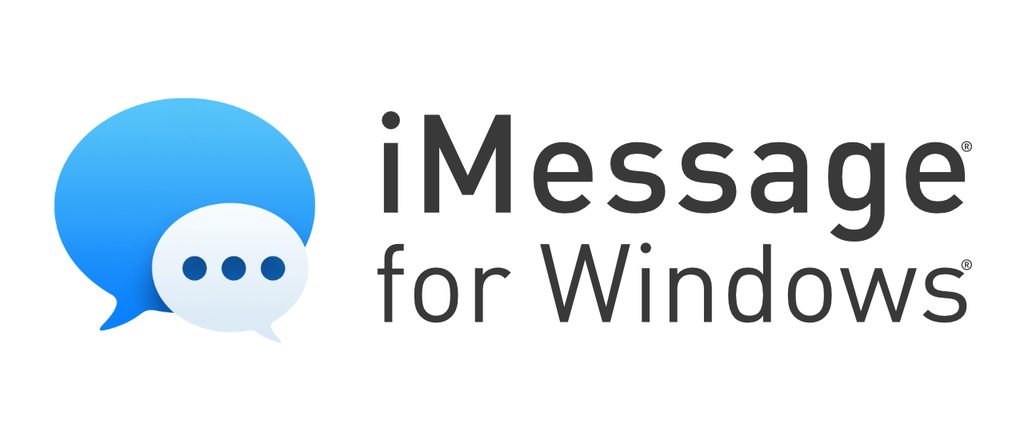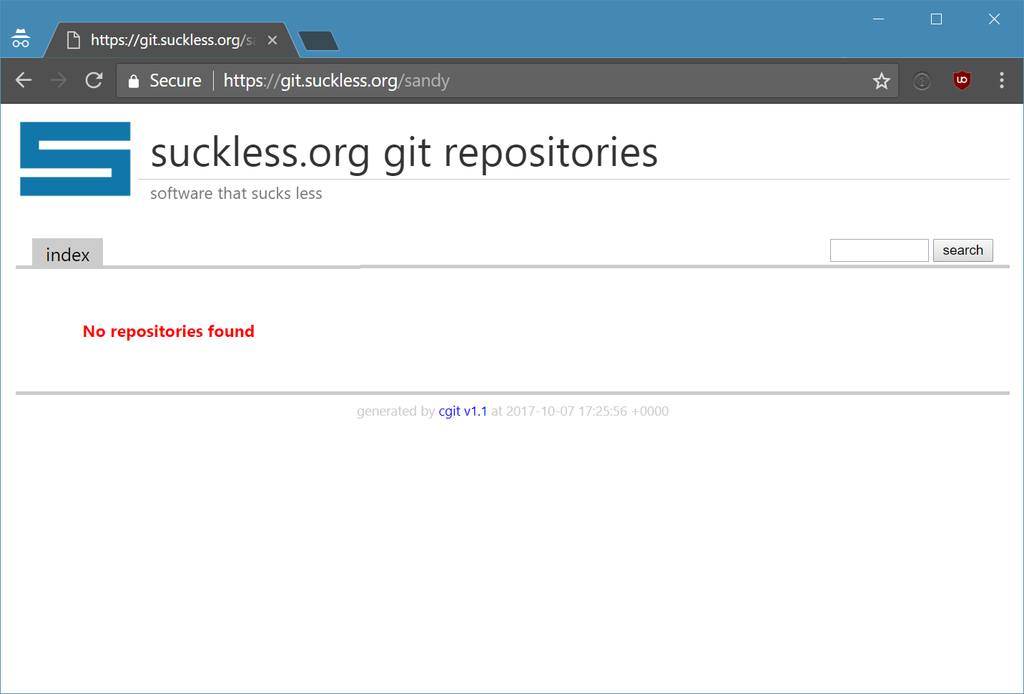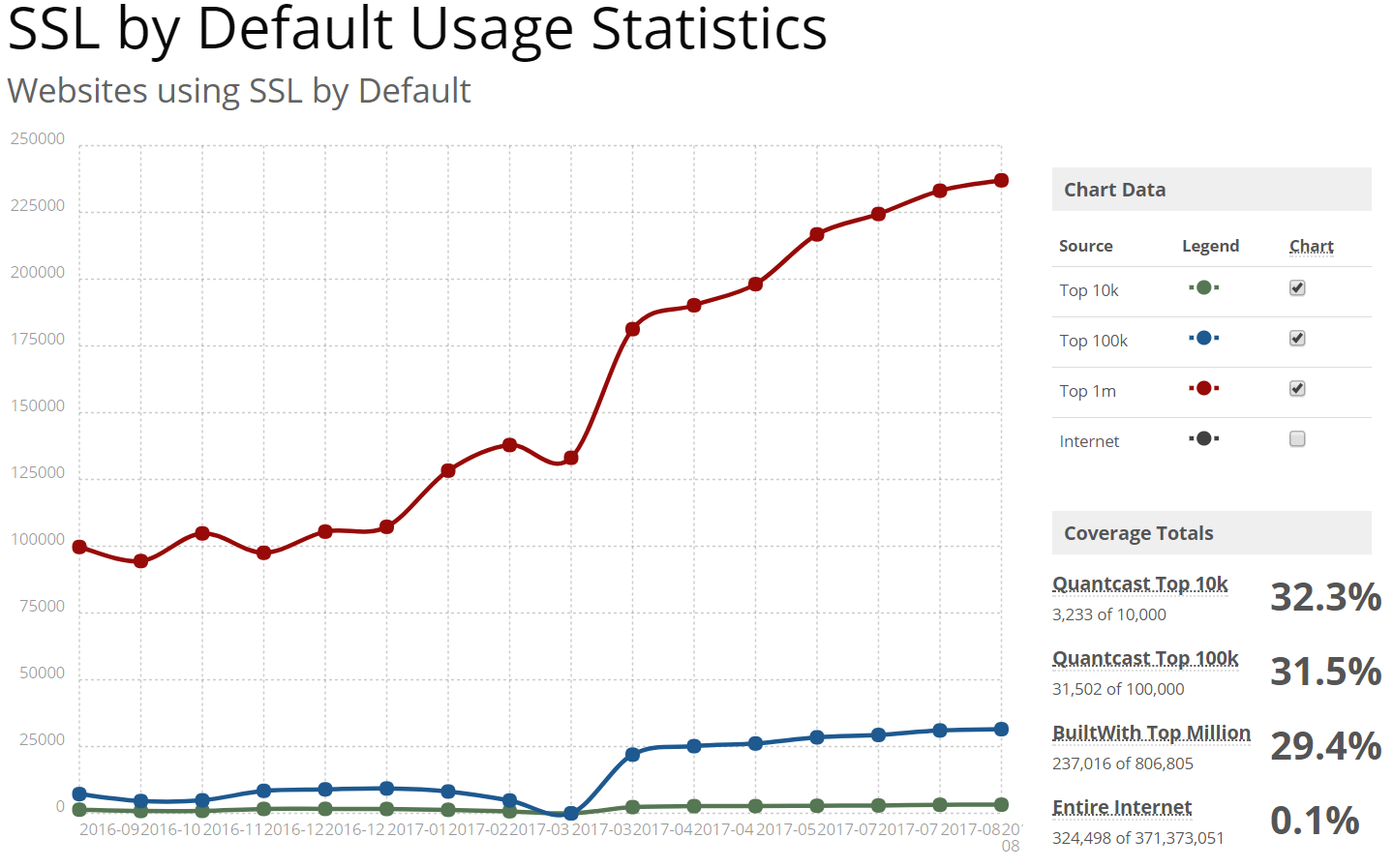
A recurring theme in just about all discussions revolving around the comparison of programming languages – apart from using the wrong tool for the job, adamantly pushing a language objectively/demonstrably inferior at x out of blind loyalty, bashing on languages you’ve never used or studied simply because you’ve seen firsthand how well received such comments can be, and worse – is acting off of stale information that no longer necessarily holds true.
At NeoSmart Technologies, we don’t just have one dog in the race; our software is developed in a multitude of languages, ranging from C/C++ to both desktop/web C#/ASP.NET, rust, [JS|TypeScript]/HTML/[LESS|CSS], (ba)sh scripting, and more.1 So it’s always interesting to observe these discussions (sometimes up close and personal and sometimes disinterestedly from afar) and observe what arguments remain standing once the dust has settled and the troops have gone home for the day.
Gasp, yes, even PHP! ↩



 The
The 
 We may not know for sure what it’s going to look like or what it will cost, but we do know that the new iPhone 8 – Apple’s 10 year iPhone anniversary edition – is on its way and it’ll be running iOS 11. And unlike the iPhone 8, iOS 11 has been available now for some time for beta testing and software development. There are a lot of changes – some good, some bad
We may not know for sure what it’s going to look like or what it will cost, but we do know that the new iPhone 8 – Apple’s 10 year iPhone anniversary edition – is on its way and it’ll be running iOS 11. And unlike the iPhone 8, iOS 11 has been available now for some time for beta testing and software development. There are a lot of changes – some good, some bad HTTPS is the future and the future is (finally) here. Secure HTTP requests that provide end-to-end encryption between the client making the request and the server providing it with the requested content is finally making some headway, with almost a third of the top one million sites on the internet serving content over SSL, as of August 2017:
HTTPS is the future and the future is (finally) here. Secure HTTP requests that provide end-to-end encryption between the client making the request and the server providing it with the requested content is finally making some headway, with almost a third of the top one million sites on the internet serving content over SSL, as of August 2017:
 If you haven’t heard of
If you haven’t heard of 